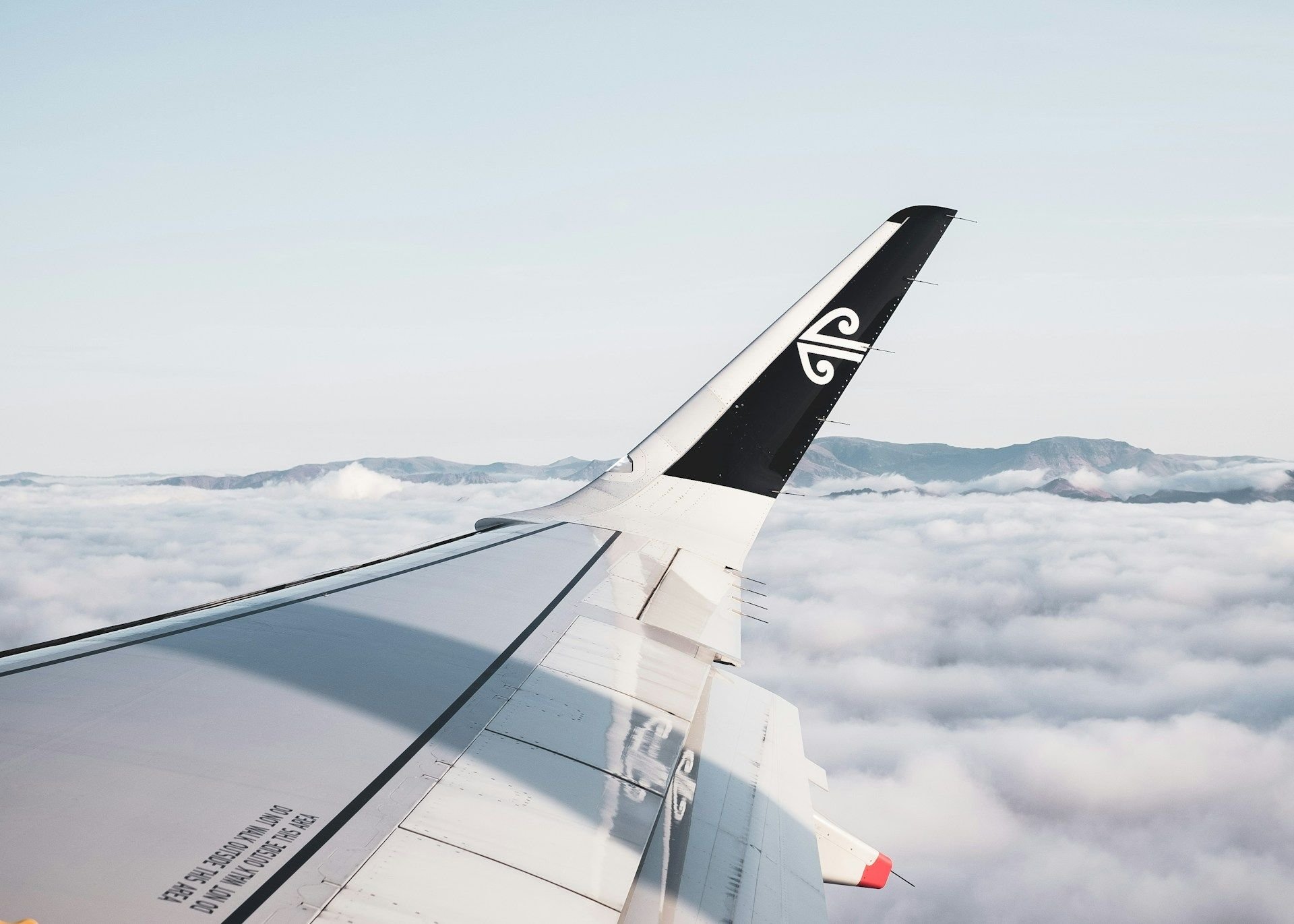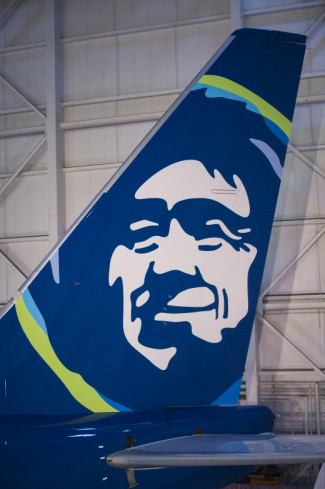Are Major Airlines Retreating from their Climate Goals?

Photo by Daniel Norris on Unsplash
Air New Zealand has officially abandoned its goal to reduce carbon emissions by 2030. The airline claims that major obstacles remain in obtaining more efficient planes and shifting to more sustainable fuel sources.
This retreat is significant because the carrier is the first major airline to abandon its emissions targets. While Air New Zealand did say it would revise its short-term targets and stay committed to the goal of net-zero emissions by 2050, their recent move could provide public relations cover for other airlines to do the same.
Beyond the public relations, however, there are real technical and logistical issues preventing such lofty climate goals. This retreat raises these additional concerns regarding the aviation industry's general commitment to lowering its carbon footprint. Major airlines such as American Airlines and Delta Air Lines have also set high goals to become carbon neutral by 2050.
Technological Progress: In order for airlines to reach their goals, they need to have access to more fuel-efficient aircraft and sustainable aviation fuels (SAFs). But supply chain problems and these technologies' sluggish development impede development. The aviation industry is currently estimated to account for 2-2.5% of global carbon emissions, but if the technology isn’t there for a reduction, people are still going to keep flying. Aviation keeps the global economy running.
Regulatory Pressure: Governments and international organizations have complicated regulations and expectations that the aviation industry must manage. Airlines are under more pressure to innovate and make investments in green technologies as a result of complying with initiatives such as the Paris Agreement. A retreat such as Air New Zealand highlights the obstacles and may cause politicians and other stakeholders to revise regulations.
Economic Viability: A lot of airlines are still getting over the COVID-19 pandemic's financial blow. Making the switch to greener practices can be expensive, especially for carriers with narrow profit margins. Even if new cleaner aircraft were announced tomorrow, we could not expect every airline to replace their fleet with more expensive technology until such planes could be manufactured at scale.
Customer Demand: The easy solution is to point at airlines for abandoning their climate goals, but travelers are at the other end of that equation. While airline customers say they want airlines to be more conscious of climate change, they also want reduced prices. There’s no major indicators that passengers are willing to spend more to offset the costs in shifting to a greener aviation industry.
In conclusion, despite the commitments made by airlines such as Air New Zealand, American Airlines, and Delta Air Lines to reduce emissions, there are many obstacles in the way due to technology, economic constraints, and consumer expectations.
-

PlaneSense 09/16/2024
-

Airshare 09/16/2024
-

Tradewind Aviation, LLC 09/11/2024
-

Endeavor Air 09/06/2024
-

Horizon Air 09/03/2024
 AIRLINE PILOT CENTRAL
AIRLINE PILOT CENTRAL